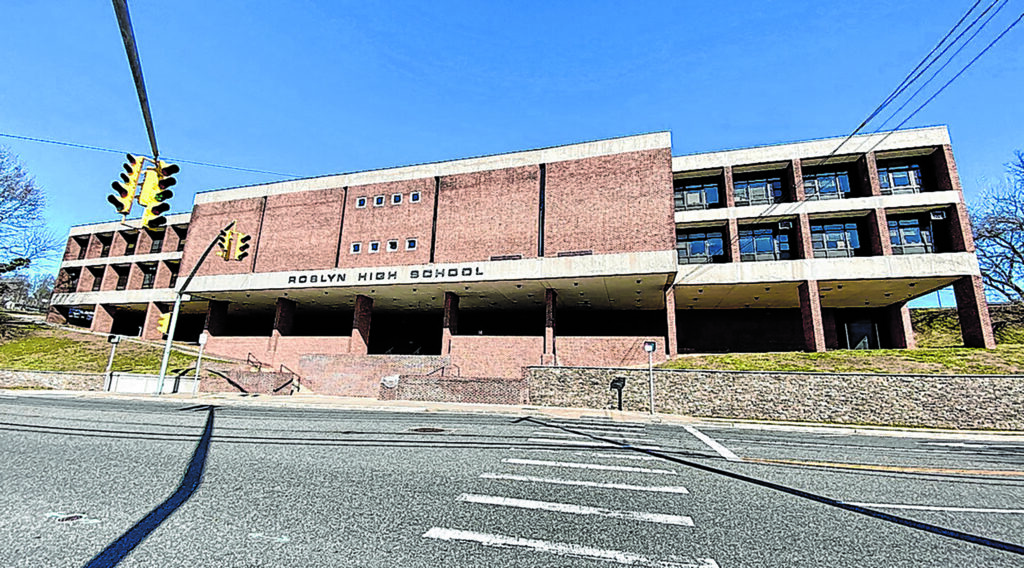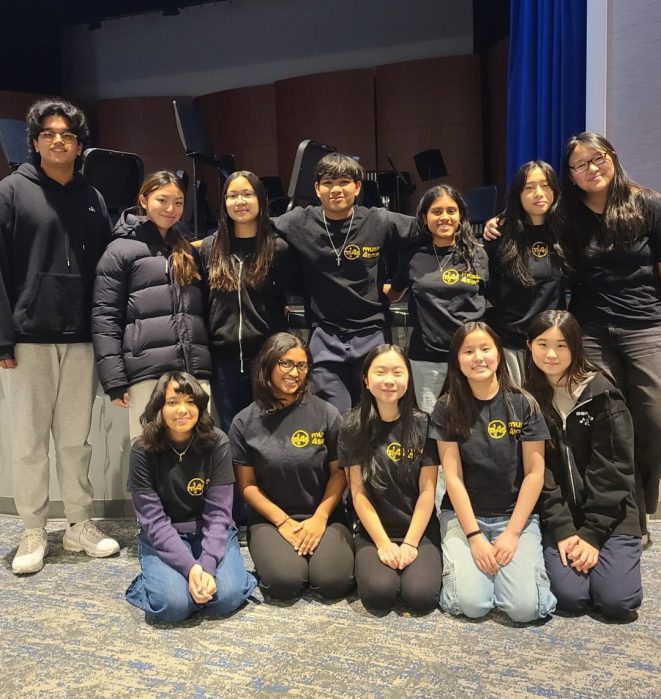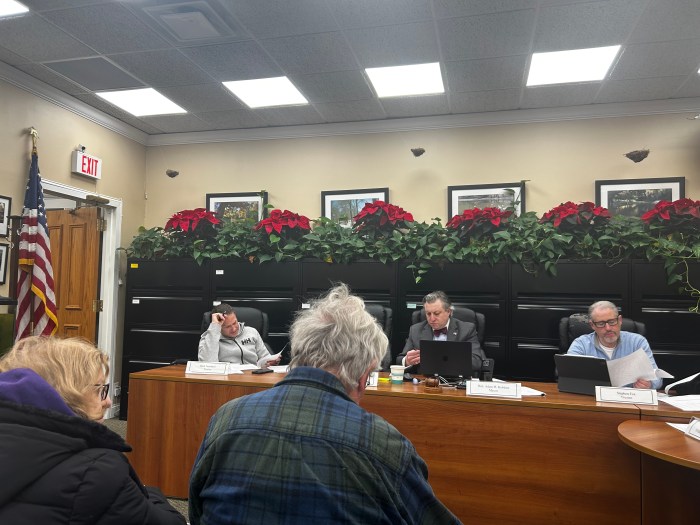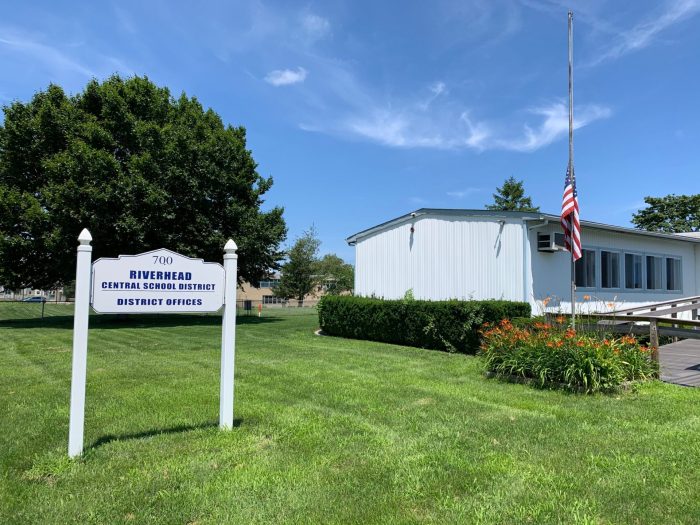Test scores, student-teacher ratios: Roslyn is the place to be
No surprise, but the Roslyn School District once again has secured a top ranking in a nationwide survey of public-school districts. Experts at Teach Simple have analyzed reviews and ratings of each school district in the U.S and have ranked them from highest to lowest, 1 being the lowest, 5 being the highest. The scores are based on reviews from parents and students, statistics from the U.S. Department of Education, and user-submitted information from schools.
The survey ranks Roslyn as the Number Three district nationwide in a study concerning reading and math proficiency, student-teacher ratio, and average expense per student.
Roslyn ranked third with an exact score of 4.63 out of a possible “5” score. The survey added that Roslyn has “a high proficiency in both reading and math.”
The district also has a lower ratio of student-teachers with one teacher for every 13 students and has an average expense of $32,874 per student.
That ranks Roslyn just behind South Texas Independent, Texas, which scored a 4.65 ranking. The South Texas Independent district, according to Teach Simple, has a student-teacher ratio of 17:1, with over 50 percent of students eligible for free school meals. The average expense per student is $15,039 which is utilized for teaching materials and support services.
Number One nationwide is the Radnor, Pennsylvania district, with a 4.70 ranking. Radnor has a student-teacher ratio of 14:1, and the average annual teacher wage in the district is $101,804. The district receives an average of $26,584 per student, and the majority of this is used for teaching and instruction materials.
Roslyn had plenty of competition from other Long Island school districts.
Hewlett-Woodmere Union ranked right behind Roslyn as fourth with 4.56. Teach Simple found that 23 percent of students are eligible for free or reduced lunch in the district and the average expense per student is $41,507. The district has a low student-teacher ratio of 10:1 which, the survey said, “could indicate more bespoke teaching in classes.”
Other Long Island districts in the Top 13 include: Great Neck, Syosset Central, Half Hollow Hills, and Jericho. Great Neck’s teachers are paid an average of $133,045 annually and have a lower-than-average student-teacher ratio of 11:1, while Syosset Central has a student-teacher ratio of 11:1.
A spokesperson for Teach Simple commented on the data:
“School districts are governed by town councils and local-level government,” said a spokesman for Teach Simple. “As such, the funding and level of education offered differ depending on the finances available to that district.
“The federal government funds schools through programs such as the Child Nutrition Act or Title I grants. These target low-income students and families in need of help. In 35 states, the state government has set a base level of funding for all school districts but overall, each state has a different funding formula to determine how education will be funded.
“Districts with more funding can have programs that support families and schools to give their students the best chance in life,” the statement concluded. “These districts rank highly due to the variety of programs that parents can use and the quality of their education. With after-school programs in place, teaching children sports or arts can lead to a more well-rounded student.”
The survey found that nationally, there is a student-teacher ratio of 17 students for every teacher.
“This number can only be used as an indication of class size and not as the true number of students,” the spokesman added. “The national average expense per student is $12,239. This amount is used for teaching materials and student support services.”
Teach Simple is an educational platform based in Beaverton, OR. Its mission, as stated on the website, is to “empower educators by providing them with the resources they need to make teaching less stressful and to create opportunities for them to earn passive income.”
That means allowing educators to “share their knowledge and expertise by creating and uploading educational resources to our platform.”
“Teachers who contribute to our platform earn a passive income through membership fees,” the website explains. “This allows them to continue to make an impact on the education system while also earning an additional source of income.” Something to keep in mind.



































